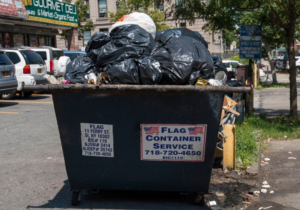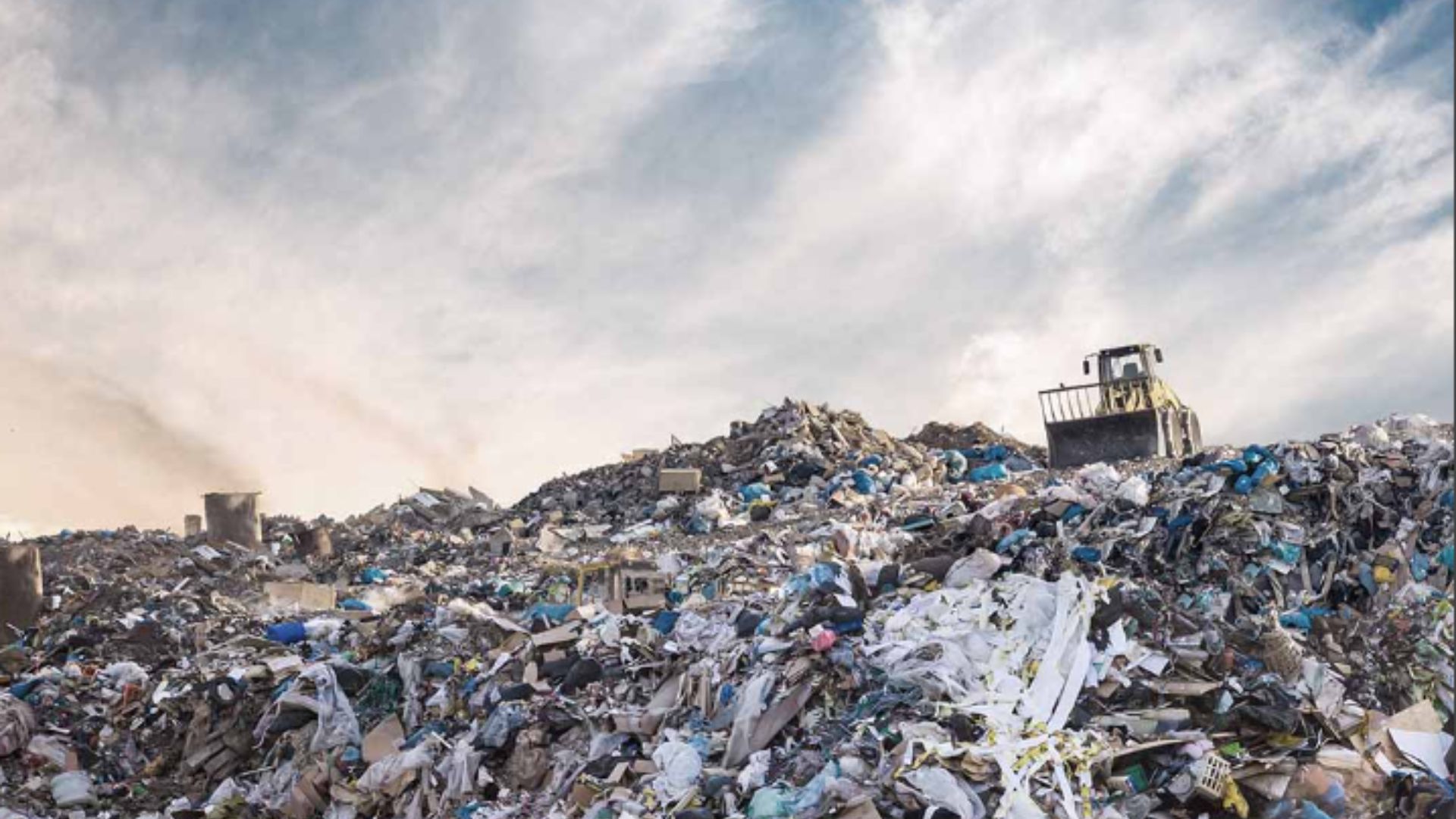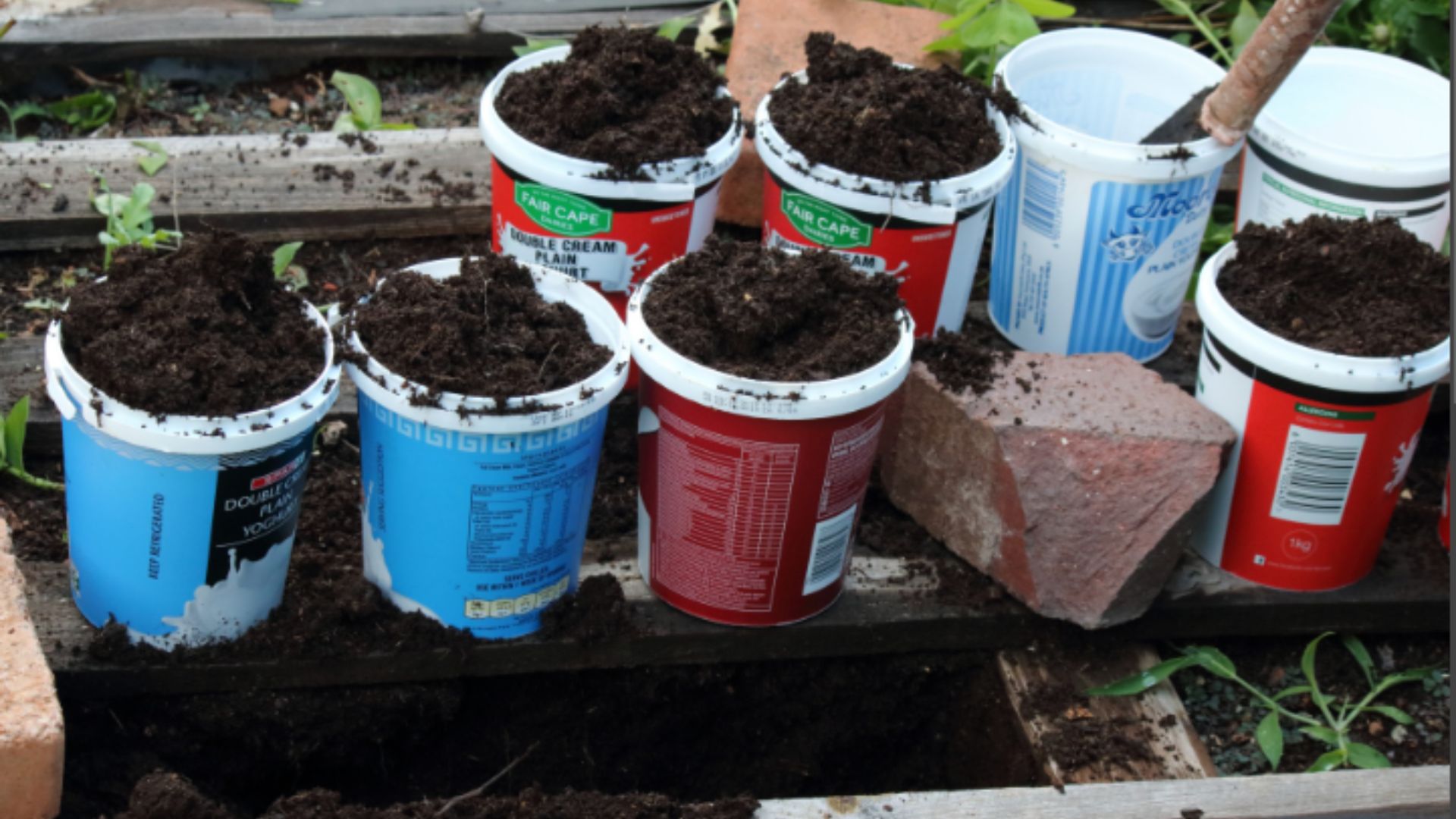In the intricate web of modern living, one pressing challenge stands out: the effective management of garbage. As waste continues to accumulate, a comprehensive approach becomes paramount to mitigate its environmental impact.
The Inceptive Disposal Phase
The journey of garbage commences at individual households, where daily waste finds its way into bins designated for disposal. Municipal waste management services then step in, collecting this waste and commencing the next phase of its journey.
The Transit to Collection Centers
Once gathered, the waste embarks on a journey to designated collection centers or transfer stations. Here, the process of sorting and segregation kicks in, facilitating the diversion of materials from landfills.
Paving the Path to Recycling
At these centers, meticulous sorting procedures unravel. Recyclable materials like plastics, glass, metals, and paper are systematically separated from the non-recyclables, setting the
Rebirth through the Recycling Nexus
Recyclable materials journey to recycling plants, where advanced technologies facilitate their transformation into reusable materials. This not only conserves valuable resources but also minimizes the energy-intensive extraction of raw materials.
Composting: The Organic Metamorphosis
Additionally, organic waste, another facet of the garbage journey, undergoes a distinct transformation. Composting facilities harness the potential of food scraps, yard waste, and other organic matter, converting them into nutrient-rich compost for agricultural and landscaping applications.
Where Non-Recyclables Find Refuge
Non-recyclable waste continues its trajectory, often culminating in two primary destinations: landfills and waste-to-energy facilities. Landfills provide controlled burial, while waste-to-energy plants employ modern incineration techniques to generate electricity.
Landfills: A Grave Environmental Concern
In addition, while landfills offer a temporary solution, they aren’t without drawbacks. Over time, waste decomposition produces methane, a potent greenhouse gas, and can potentially contaminate soil and water if not managed diligently.
The Emergence of Ecological Responsibility
The global shift towards sustainable waste management practices has gained momentum, prompting innovative solutions and a change in consumer behavior.
Waste-to-Energy Innovations
Waste-to-energy facilities exemplify this transition, converting waste into a viable energy source. This aligns with the broader objective of reducing reliance on fossil fuels and curbing greenhouse gas emissions.
The Circular Economy Connection
The concept of a circular economy has also gained traction. By prioritizing waste reduction, recycling, and product design, this approach seeks to minimize waste generation and foster sustainable consumption patterns.
Creative Upcycling Ventures
Moreover, another facet of the journey involves upcycling. This ingenious process transforms discarded items into new products, reducing waste and infusing a sense of creativity into waste management.
The Power of Individual Choices
However, the responsibility doesn’t rest solely on systemic changes. Individuals wield considerable power in influencing waste reduction through mindful consumption, diligent recycling, and support for eco-conscious initiatives.
A Fresh Perspective: Education and Awareness
Furthermore, amid the garbage odyssey, education plays a crucial role. Raising awareness about proper waste disposal, recycling techniques, and the overall environmental impact of waste empowers individuals to make informed choices.
Conclusion
In conclusion, the odyssey of garbage encapsulates a multi-faceted process that transcends mere disposal. It’s a journey marked by innovation, responsibility, and the collective goal of nurturing a sustainable planet for present and future generations. As waste continues to shape our world, so does our capacity to transform its trajectory toward a greener, cleaner future.



